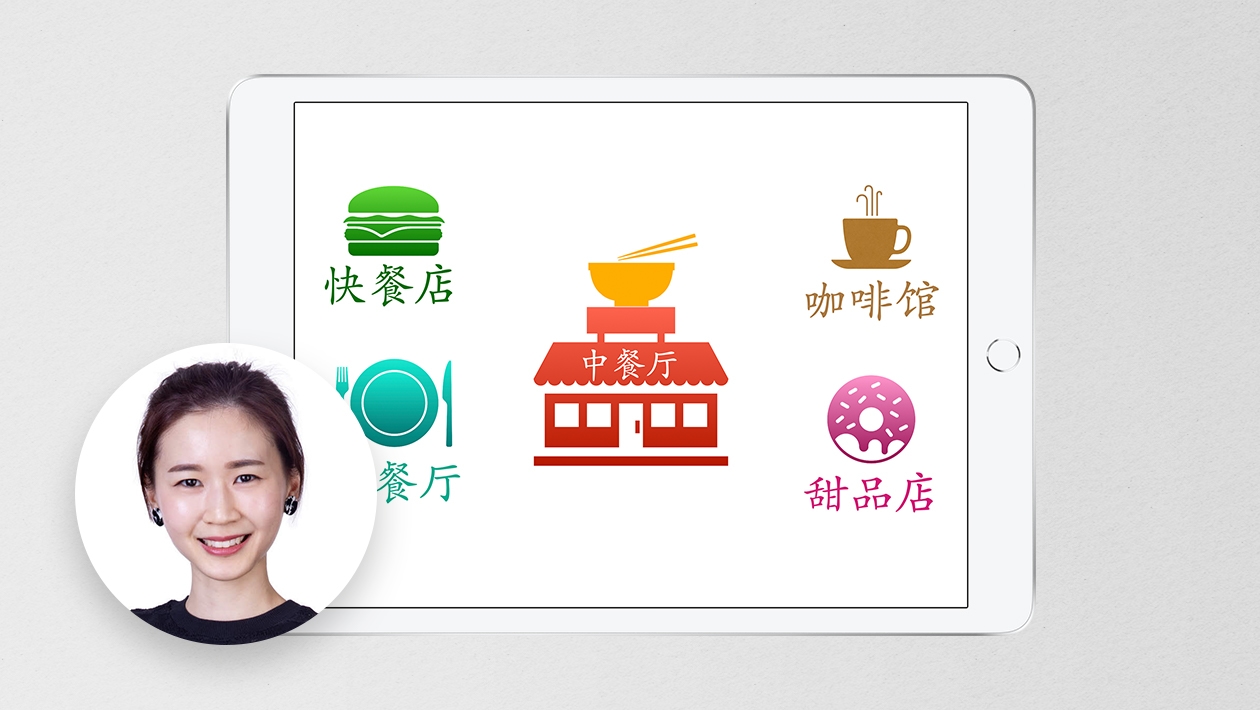Tēnā koutou
As a part of this Back to School session, we had opportunity to hear how Bromley School (Ōtautahi, Christchurch, New Zealand) are using iPad to create exciting content that promotes and amplifies the use of te reo Māori. One of the most popular apps amongst the Bromley students, for creating such content - is Keynote. Keynote has enabled the students to create beautiful presentations, graphics and animations for their Te Reo TV initiative, as well as highly engaging interactives that help their peers (and teachers) learn the reo. We have even seen students at Bromley use Keynote to create their very own language app prototypes!
App prototyping is such a powerful design process that students can work through, with opportunity to create an authentic digital outcome that can make impact! It can also be a great way of engaging students with te reo Māori to create beautiful multimedia resources that others can learn from.
Here are some examples of te reo Māori app prototypes, published to our Education Community. Both of these posts include a step by step video demonstrations showing how these were created using Keynote on both iPad and Mac.
Example #1: Exploring App Prototyping to Promote Te Reo Māori
This is a simple app concept that my students came up with, designed for younger students learning te reo Māori. The language focus was learning the Māori kupu for selected animals and responding to the question 'He aha tenei?' (What is this?).
Link to post: https://education.apple.com/resource/250012069
Example #2: 5 tips to create your own App prototype using Keynote
This post was created by fellow APLS Trudi Fausett. In her demonstration video, Trudi shows us how to create a simple app with the aim of teaching basic Māori words or phrases.
Link to post: https://education.apple.com/resource/250011903
Further ideas - Creating an Interactive Pepeha
During our session, we also looked at the possibility of creating an interactive Pepeha using Keynote. In New Zealand Pepeha is a way of introducing yourself in Māori. It tells people who you are by sharing your connections with the people and places that are important to you. My example shows a home screen that is a collage of photos and sketches that represent elements of my pepeha. As you tap on each image, it reveals more about that place or that person and why they are really important to me.
This takes the traditional pen and paper worksheet to a whole new level with the opportunity for students to create a multimedia representation of who they are, with that unique opportunity to tell their stories through images and audio. I also like this activity because it gives students the opportunity to explain and really connect with their pepeha.
Going Deeper with App Design
It is one thing to design a prototype but imagine if we could actually bring the prototype to life, code it and make it available on the App Store. There are some fantastic resources available in the Education Community Learning Centre that can help make that happen!
Here are links to the resources that were highlighted during the session:
Teaching Code with Swift Playgrounds - this page provides a great overview of the Swift Playgrounds app. As you scroll the page you will find the Everyone Can Code Projects that you can engage with to grow your app development skills.
Design a Simple App - this is one of the projects that I highly recommend that takes you through the design process, practicing rapid prototyping and designing an app in Keynote.
Build with Stacks and Shapes - this second project is a great first step to learning to code a simple app interface using Swift Playgrounds. This fun and highly engaging challenge involves coding a self portrait.
In Summary
App prototyping is an activity for students of all ages. It can be as simple as the Keynote interactive ‘He aha tēnei? example, right through to learning how actually code your prototype, with the help of the Everyone Can Code projects and Swift Playgrounds.
Whatever the level of complexity, it is also a great way to address Digital Technologies curriculum outcomes. It is an opportunity to work through the design process, grow digital fluency and develop computational thinking.
We have also seen it is a great way for students to be creative, be innovative and design digital outcomes that can make a difference.
There is real opportunity to learn, practice, teach others and really promote use of te reo Māori - which we know is so important.
Ko taku reo taku ohooho, ko taku reo taku mapihi mauria
My language is my awakening, my language is the window to my soul
Tēnā koutou, Tēnā koutou, tēnā koutou kātoa












January 20, 2024 . English
English
Ngā Mihi for sharing Mandy. I love all the different ways to integrate Keynote and Te Reo that you have shared! I'm going to have a tūtū and use the pepeha design to share about a local historical figure from Rangitāne Iwi.
This action is unavailable while under moderation.
This action is unavailable while under moderation.